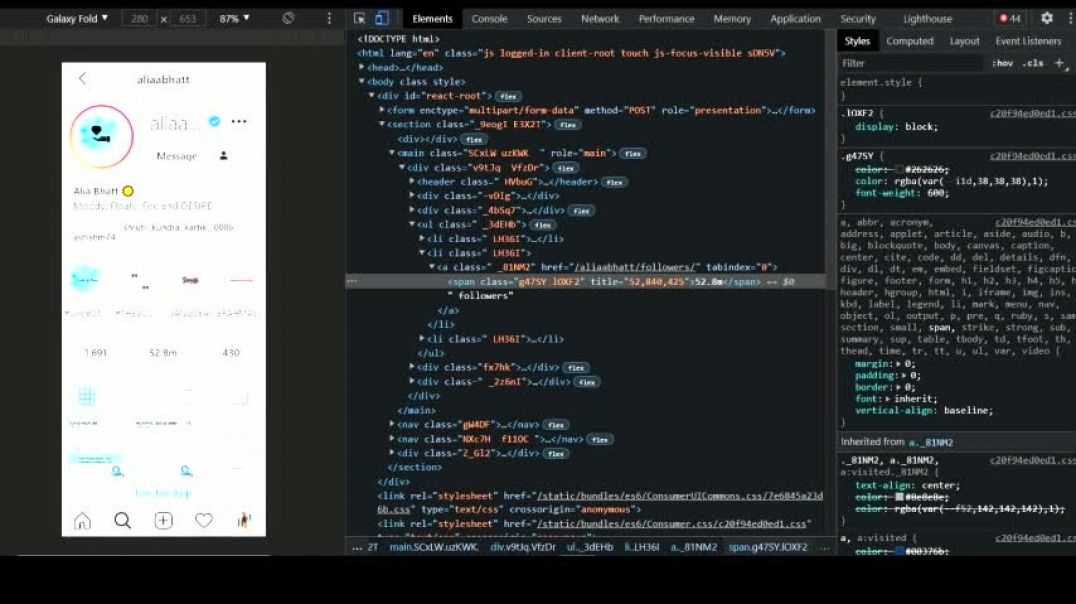Many health experts believe that the new strain of coronavirus likely originated in bats or pangolins. The first transmission to humans was in Wuhan, China. Since then, the virus has mostly spread through person-to-person contact.
Coronaviruses are a group of viruses that can cause disease in both animals and humans. The severe acute respiratory syndrome (SARS) virus strain known as SARS-CoV is an example of a coronavirus. SARS spread rapidly in 2002–2003.The new strain of coronavirus is called severe acute respiratory syndrome coronavirus 2 (SARS-CoV-2). The virus causes coronavirus disease 19 (COVID-19).
Around 80%Trusted Source of people with COVID-19 recover without specialist treatment. These people may experience mild, flu-like symptoms. However, 1 in 6 peopleTrusted Source may experience severe symptoms, such as trouble breathing.The new coronavirus has spread rapidly in many parts of the world. On March 11, 2020, the World Health Organization (WHO)Trusted Source declared COVID-19 a pandemic. A pandemic occurs when a disease that people are not immune to spreads across large regions.
What caused coronavirus? Answer is here By many Research's Made By Team @ithecrowns TheY get to know that, The recent outbreak began in Wuhan, a city in the Hubei province of China. Reports of the first COVID-19 cases started in December 2019.Coronaviruses are common in certain species of animals, such as cattle and camels. Although the transmission of coronaviruses from animals to humans is rareTrusted Source, this new strain likely came from bats, though one study suggests pangolins may be the origin.However, it remains unclear exactly how the virus first spread to humans. Some reports trace the earliest cases back to a seafood and animal market in Wuhan. It may have been from here that SARS-CoV-2 started to spread to humans.The CDCTrusted Source recommend that people wear cloth face masks in public places where it is difficult to maintain physical distancing. This will help slow the spread of the virus from people who do not know that they have contracted it, including those who are asymptomatic. People should wear cloth face masks while continuing to practice physical distancing. Instructions for making masks at home are available hereTrusted Source. Note: It is critical that surgical masks and N95 respirators are reserved for healthcare workers.
Now The Next Question Arrises How it spreads?
SARS-CoV-2 spreads from person to person through close communities. When people with COVID-19 breathe out or cough, they expel tiny droplets that contain the virus. These droplets can enter the mouth or nose of someone without the virus, causing an infection to occur. The most common way that this illness spreads is through close contact with someone who has the infection. Close contact is within around 6 feetTrusted Source. The disease is most contagious when a person’s symptoms are at their peak. However it is possible for someone without symptoms to spread the virus. A new study suggests that 10% of infections are from people exhibiting no symptoms. Droplets containing the virus can also land on nearby surfaces or objects. Other people can pick up the virus by touching these surfaces or objects. Infection is likely if the person then touches their nose, eyes, or mouth. It is important to note that COVID-19 is new, and research is still ongoing. There may also be other ways that the new coronavirus can spread.
- a fever
- breathlessness
- a cough
- a sore throat
- a headache
- muscle pain
- chills
- new loss of taste or smell
These symptoms are likely to occur 2–14 daysTrusted Source after exposure to the virus
Finding effective ways to prevent the spread of SARS-CoV-2 remains a global challenge.Many viruses are preventable through antiviral vaccinations. However, it takes time to develop and distribute safe and effective vaccines. A vaccine for COVID-19 is unlikely to be available any time soon. The best way to prevent the virus from spreading is by avoiding close contact with people with COVID-19 and washing the hands regularly.The Centers for Disease Control and Prevention (CDC)Trusted Source recommend washing the hands with soap and water for at least 20 seconds per time. This is particularly important after being in public places.When soap is not available, use a hand sanitizer with at least 60%Trusted Source alcohol. Avoid touching the face before washing the hands.Governments, public bodies, and other organizations are also taking measures to prevent the spread of SARS-CoV-2. Look out for announcements of any new measures to stay up to date. People with COVID-19 should stay at home and avoid contact with other people to prevent the illness from spreading. Keep surrounding surfaces as clean as possible and avoid sharing household items.Always cover the mouth and nose when coughing or sneezing. Face masks are generally necessary for people who have the illness. Anyone who has regular contact with people with COVID-19 should also wear a face mask.
-I HOPE YOU LIKE THIS ARTICLE.







